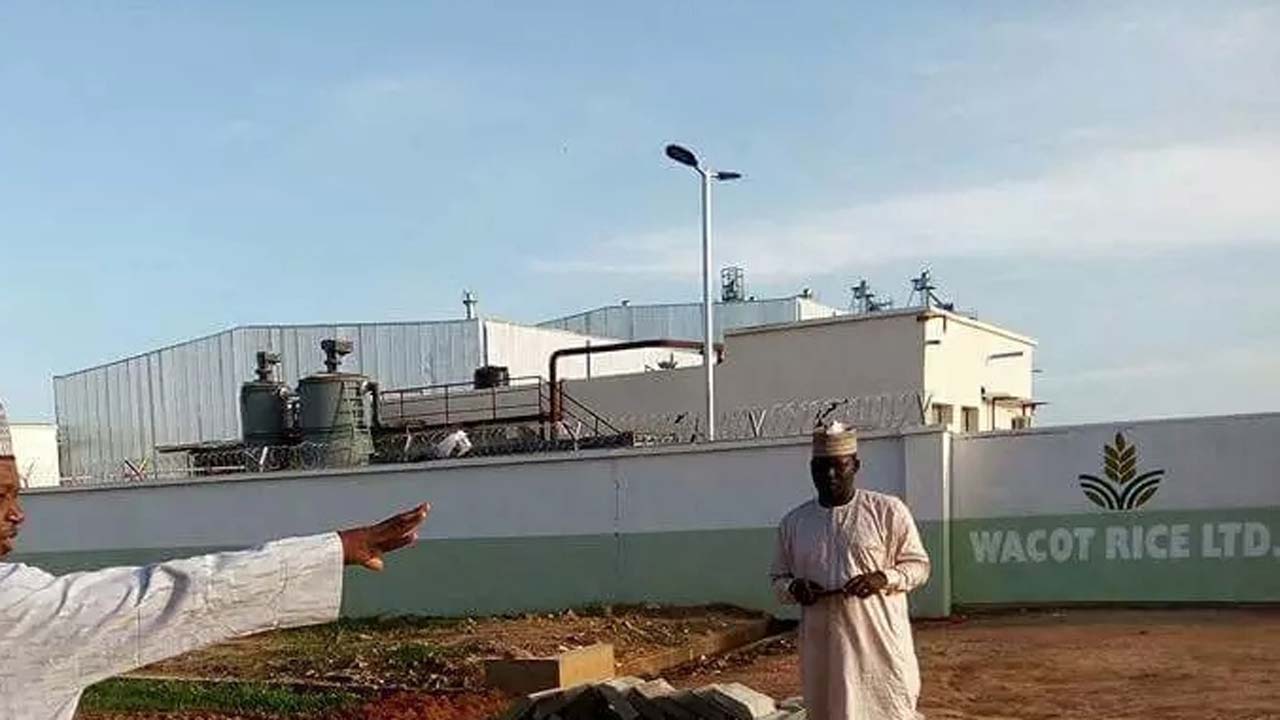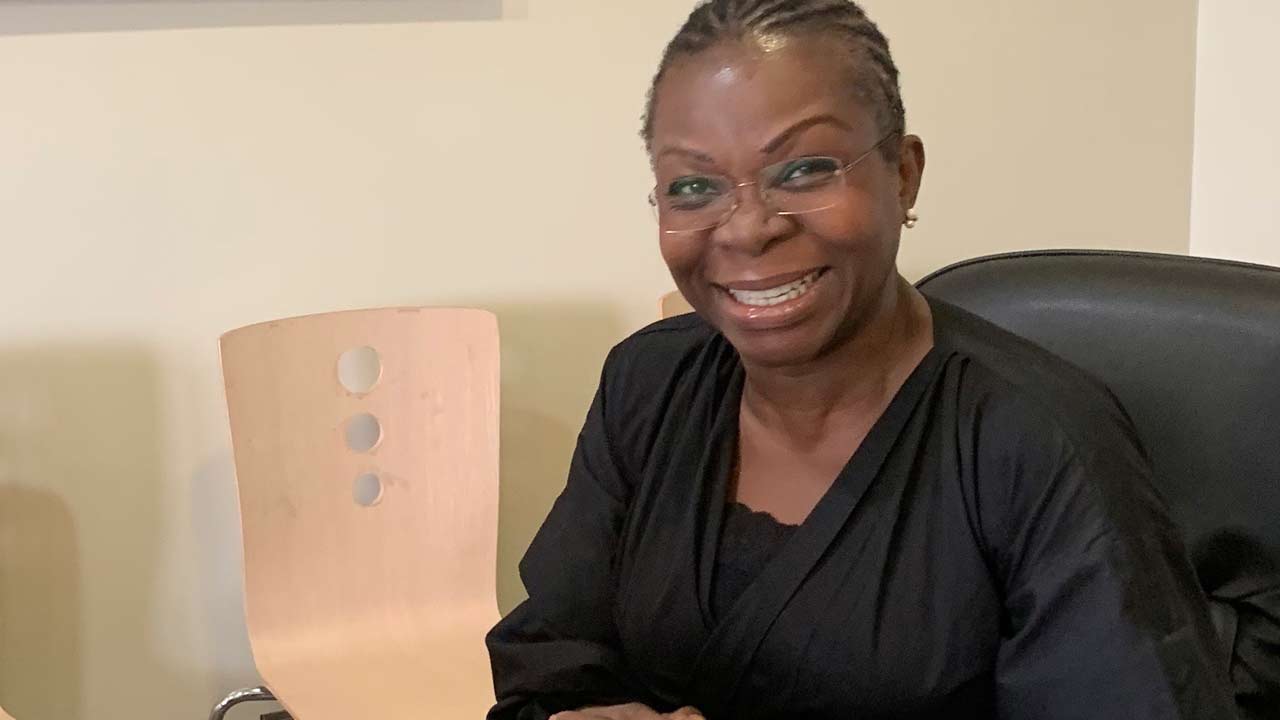Nigeria’s pioneer national operator, ntel (formerly NITEL), is gearing up for a major market re-entry, targeting a Q1 2026 bounce-back following a strategic intervention and funding injection.
The planned comeback was revealed in Lagos at the weekend at the Technology Times Thought Leadership Series, where the firm revealed its development plan, including new funding, which centres on a lean, asset-light model designed to navigate Nigeria’s competitive telecom landscape.
ntel CEO, Soji Maurice-Diya, while speaking, described ntel’s Q1 2026 comeback as a “light, digital-first MVNO play”, focused on innovation, niche products, and youth-driven engagement.
Rejecting the mass-subscriber race, he said ntel aimed to “find a very small subset of subscribers and serve them extremely well.”
Calling for a fair and liberalised telecoms market to sustain investor confidence and innovation, he asserted that Nigeria’s market is “big enough to sustain a multiplicity of players.”
While noting that the sector’s stabilisation, driven by sustained investment from operators like MTN, Airtel, and Glo, has made it a critical pillar of national economic growth, Maurice-Diya said the next transformation phase would hinge on digital platform innovation beyond voice and connectivity.
He commended the Ministry of Communications, Innovation and Digital Economy for recent tariff relief measures that expanded economic capacity for telcos, while calling for greater synergy between the telecoms and financial sectors to unlock the next wave of growth.
Maurice-Diya emphasised the need for flexible regulation that encourages innovation rather than constraining it, stating that “government should allow innovation first and regulate on the back end.”
The ntel boss cited ongoing federal interventions, namely the deployment of 7,000 rural towers and 90,000km of national fibre infrastructure, as crucial to deepening digital inclusion.
He urged further exploration of dynamic pricing models, green energy adoption, and sustainability incentives to reduce service costs and expand rural access.
Speaking on local content, indigenous capacity, and investment climate, he distinguished between indigenous ownership and local content, calling for policies that build technological self-reliance in manufacturing, infrastructure, and skills.






